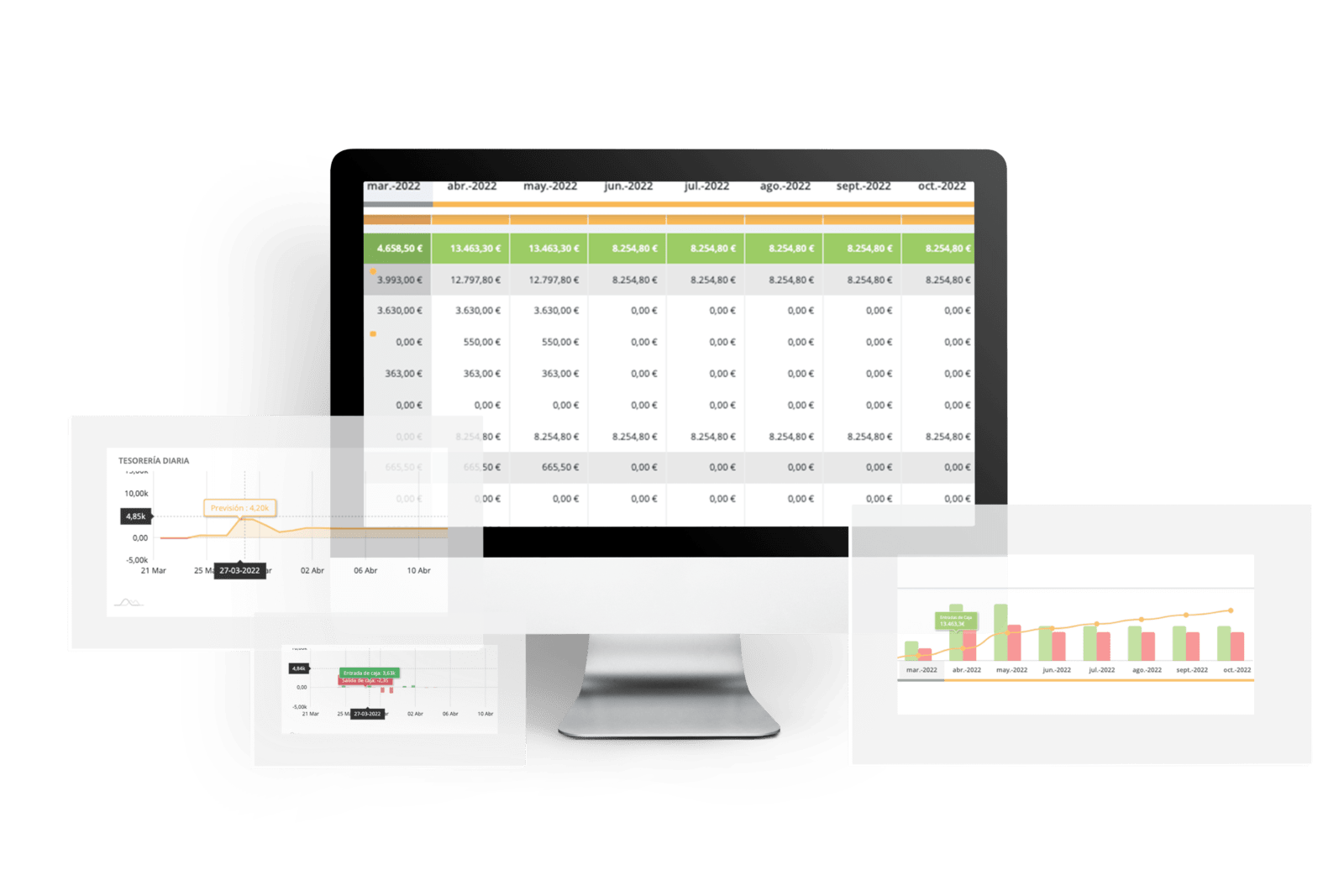Cash flow plan: control your liquidity and record only the operations that produce real money movements (collections and payments), and consequently analyze the profits you have against your payment obligations. In other words, this document must reflect income and expenses, as well as short-, medium- and, if possible, long-term forecasts.
Making a cash flow plan in advance allows you to seek funding when liquidity is expected to be tight or, conversely, to consider the placement of the funds generated when excess liquidity is available.
UNDERSTANDING THE BOX
First of all, we would like to clarify a concept: to be profitable does not mean to have a profit . liquidity. Yes, you read that right. It is compatible not to have liquidity with having a high profit. These problems can arise from collection problems, poorly negotiated payment terms… These circumstances mean that we do not have our cash flow in order, because we will not have a box. It may also be that the company, despite being profitable, is having a very high level of investment, burning more cash than it can afford at the time.
On the other hand, one of the premises for a good treasury plan is to know your company well. That is why we recommend taking notes month by month during the first year, and quarterly thereafter, to perfect your knowledge of the behavior of your cash flow. Another very important point is not only to take into account current expenses, but also to take into account future expenses or additional investments that are expected to increase cash burn.
TREASURY PLAN
First of all, a cash flow plan is a document that is based on a cash flow forecast, i.e. it forecasts the company’s receipts and payments. A clarification to be made is that both payments and collections in the cash flow plan must contemplate the amounts including VAT, providing a momentary extra income. In the same way, in the future we will have to take into account cash outflows or inflows depending on the type of business and whether we receive more input VAT than output VAT (VAT receivable) or vice versa (VAT payable).
And, as we have said, it works very simply. It consists of estimating the collections to be obtained and the payments to be made in each given period, and the difference gives a final balance which is the starting point of the cash flow for the following period.
The key to proper cash management is a balance. However, when payments exceed collections, and this creates a situation of tension in the cash flow due to the inability to meet these payments. These critical cash flow points are the ones we want to avoid with this planning. In addition, if the opposite happens, that our collections are greater than our payments, we may think that we are in a very simple situation to manage, but this is not entirely true. We have to find a balance to avoid having excess cash, as this situation can reduce the profitability of the company, since we are not being completely efficient in placing our available capital for investment.
As mentioned above, good liquidity is a key issue for all businesses, and therefore requires special attention. It is important to understand that finance does not make the company, but without proper control it can destroy it. Therefore, having a good treasury plan is vital for good financial health.
Orama helps you with your treasury plan in an automated way. Through an automatic reconciliation of bank movements, you will be able to make future forecasts based on these movements. This way you will have your cash flow under control at all times.
Try our tool for 15 days without obligation and start with your treasury plan.





